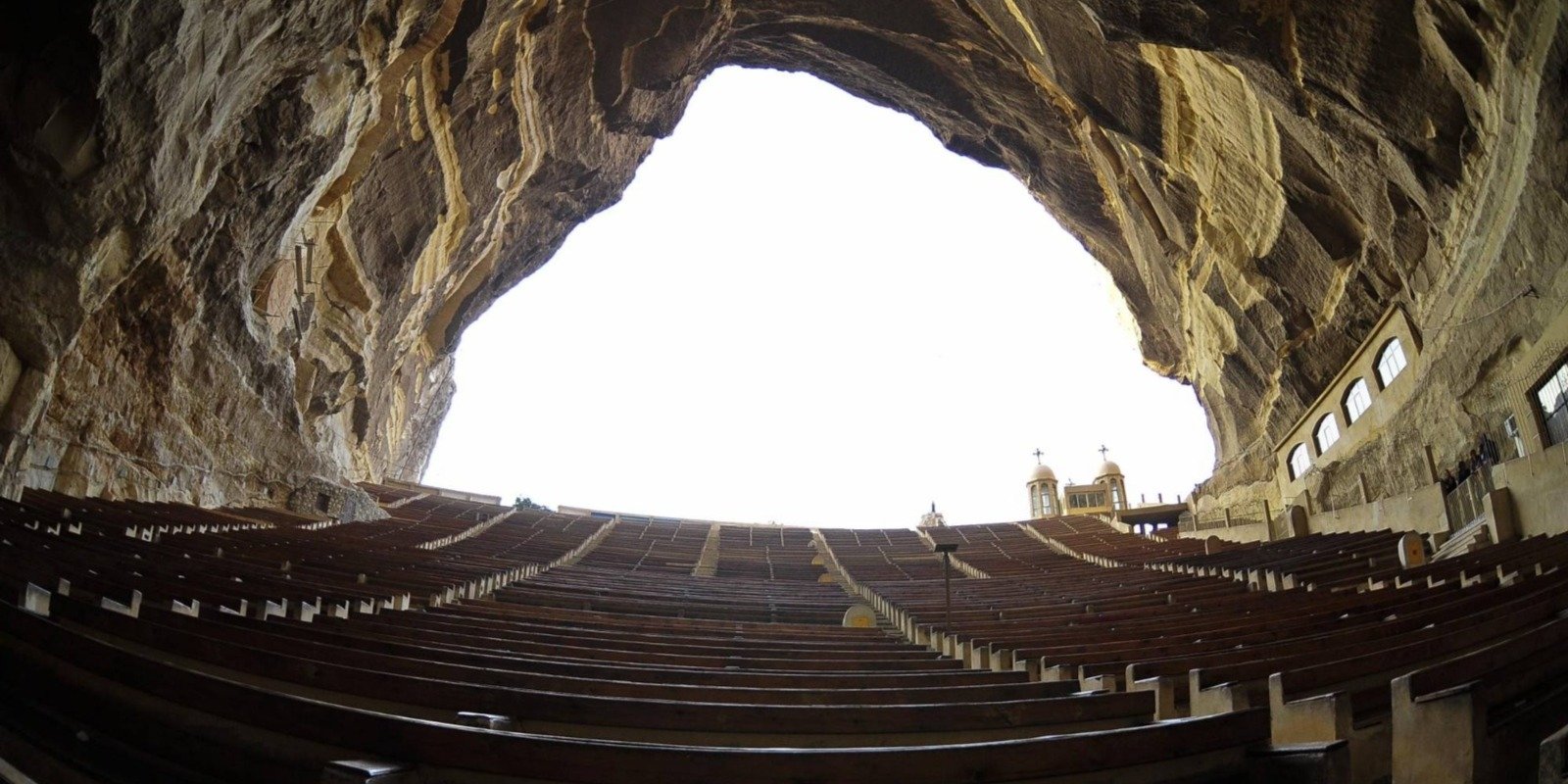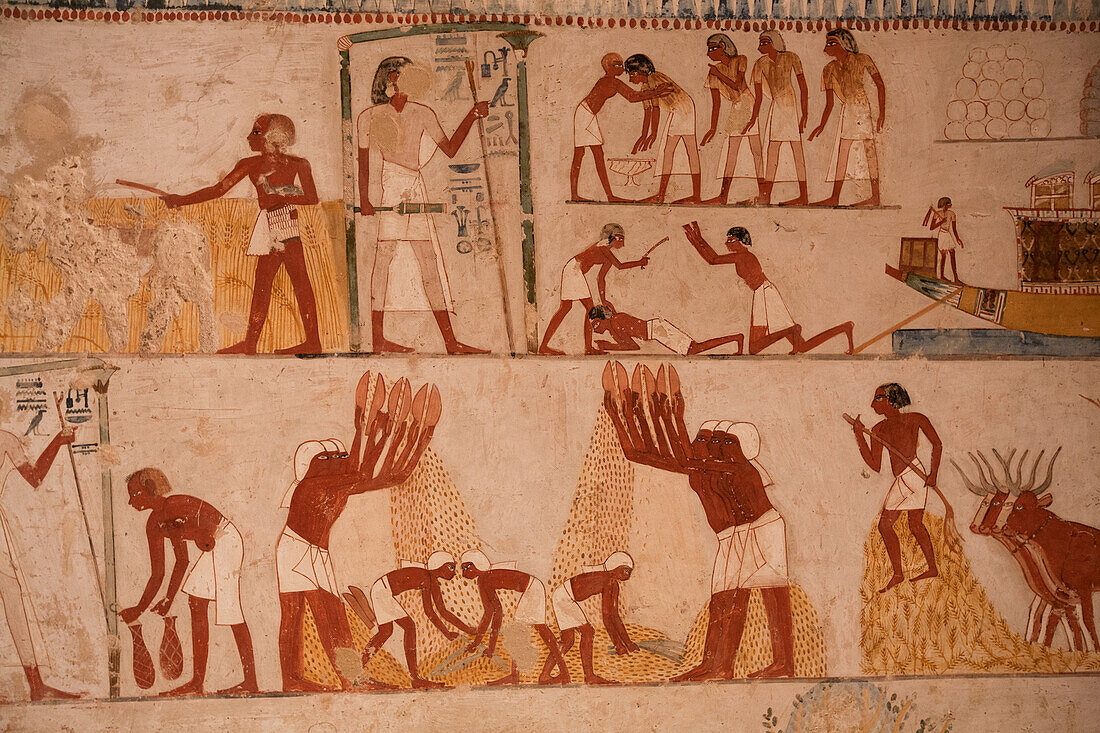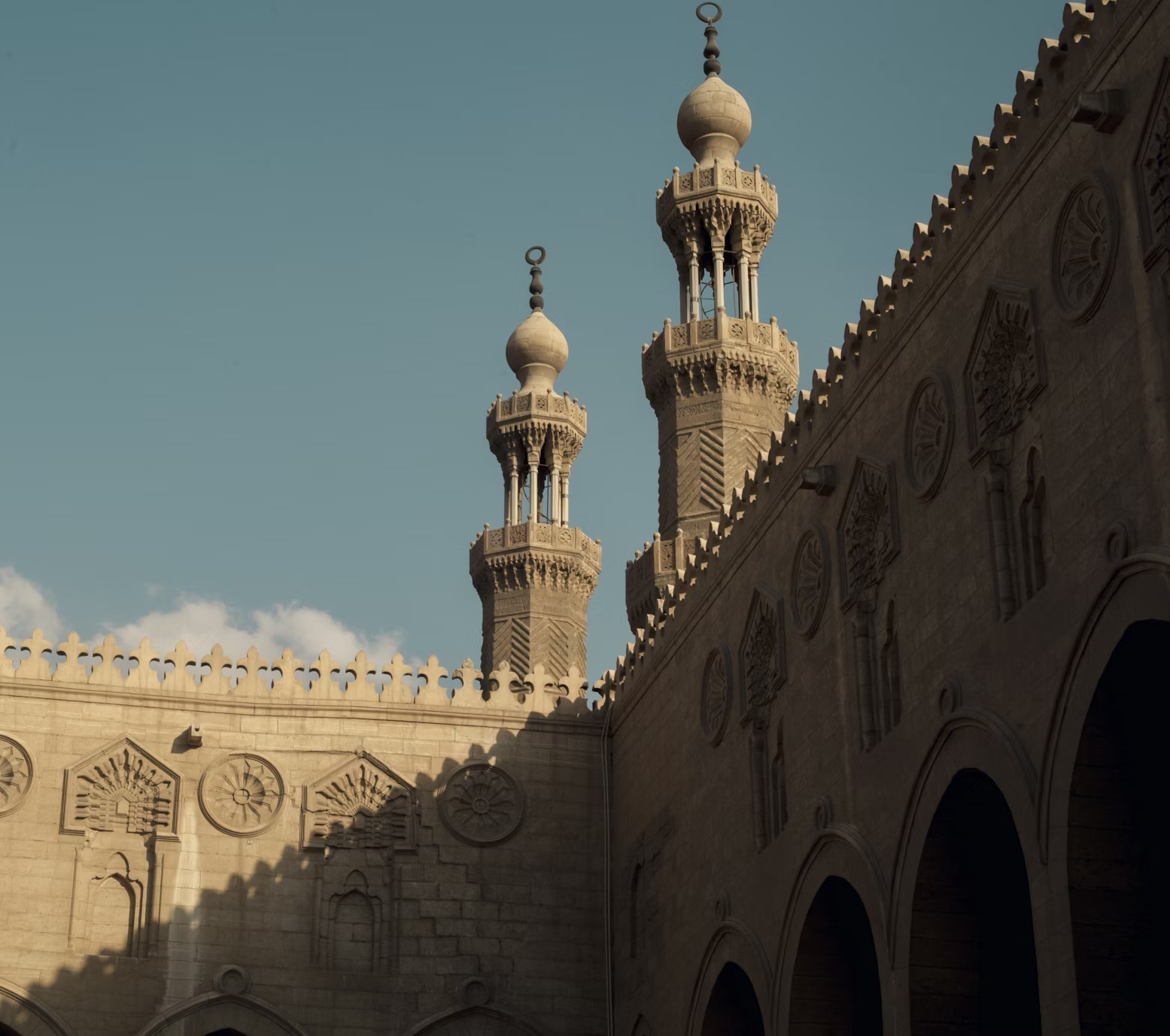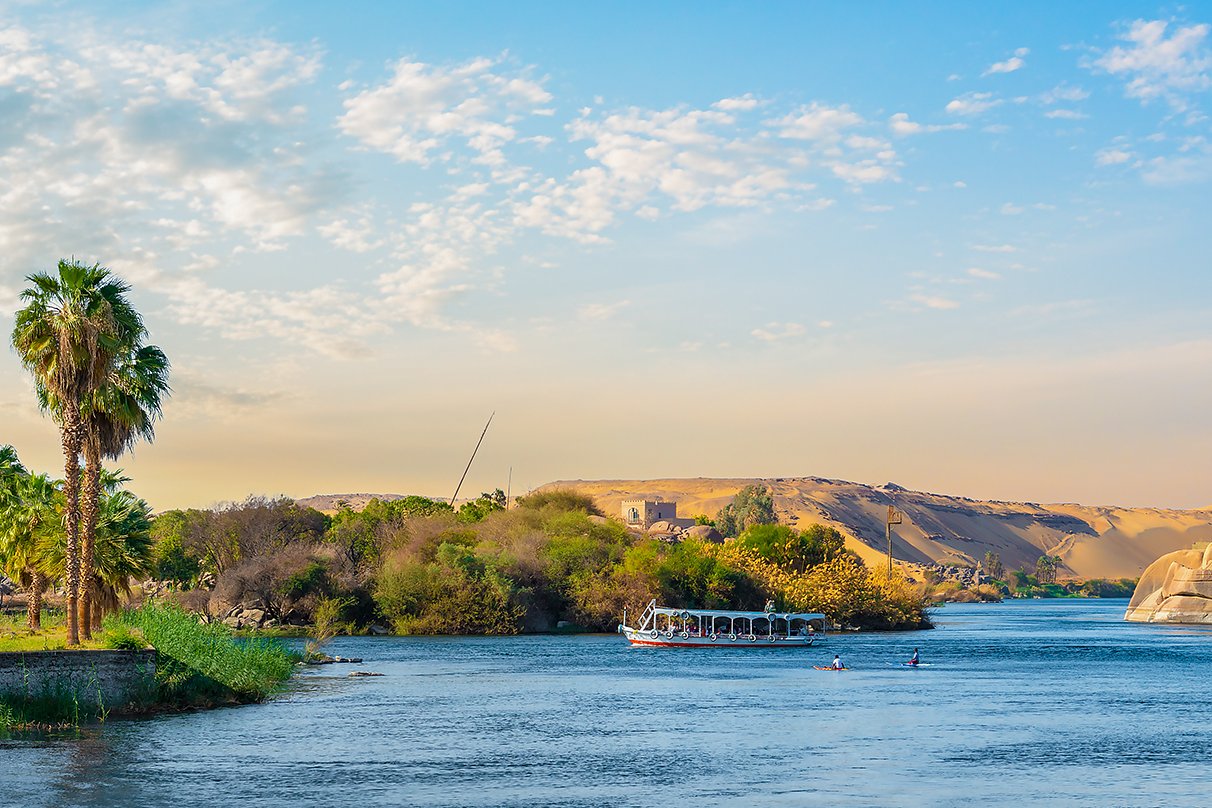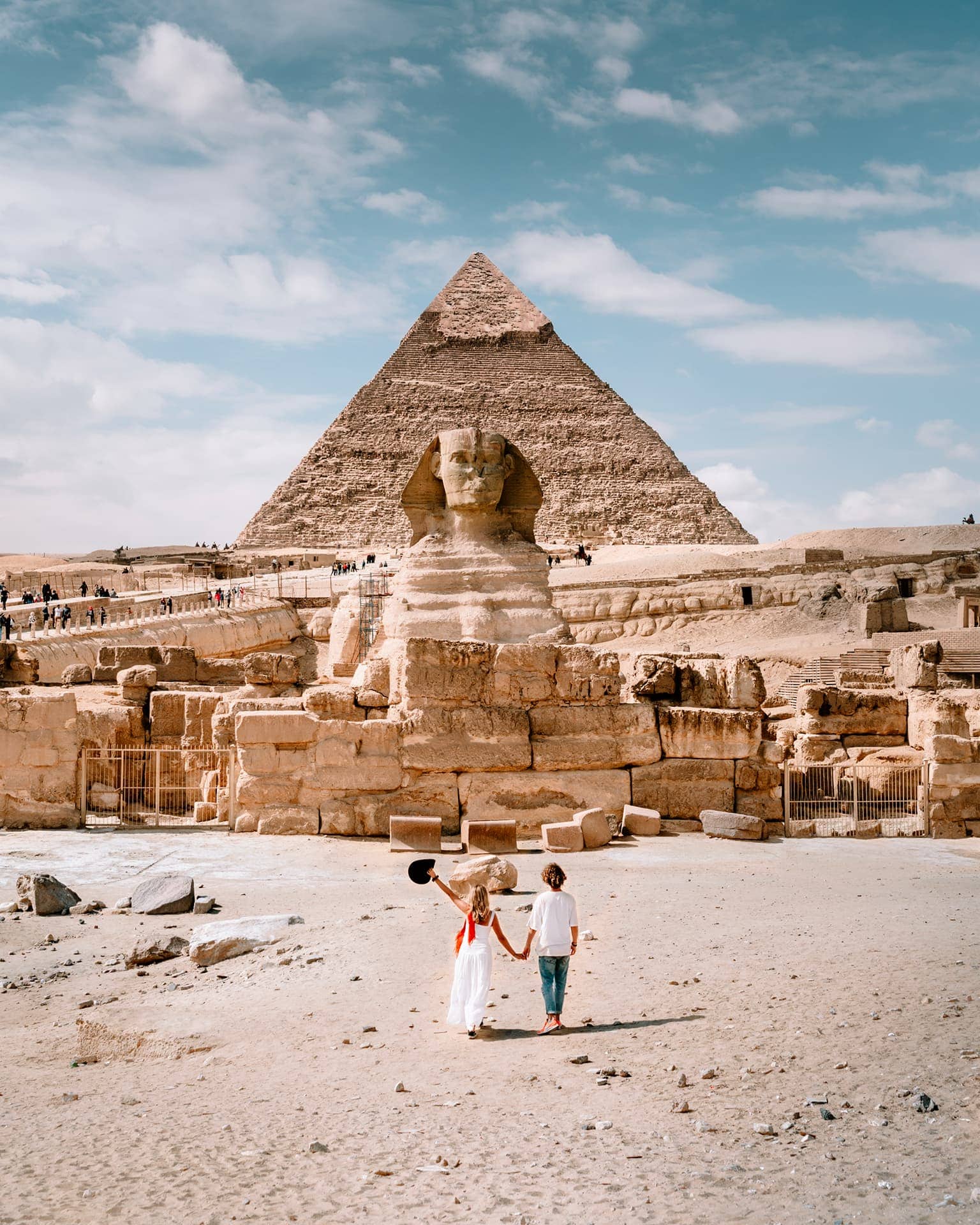History of Cave Church
Cave Church has an eventful historical past from the 4th century onward. Early Christians are said to have defined the Hall of the Holy Spirit, a mountain, with many early Christian hermits using a cave system as a shelter carved into the Mokattam Hills. By the time the church was established, it had become a place for local religious gatherings and worship for the community near Mokattam. Egypt trips often include visits to this sacred site, allowing tourists to delve into its rich history. The founding of the present Cave Church is linked to the story of Saint Simon, a monk who prayed for the mountain blocking the road to disappear. His prayers were answered, and the mountain miraculously vanished, leaving behind a large cave where a church was built in gratitude.
The Cave Church is yet alive to its historical significance; in fact, the Cave Church still stands as one of the principal churches for the Coptic Orthodox Christians. For it encapsulates a more profound meaning regarding the rich Christian heritage of Egypt, so over time, it would represent the endurance and faith of the different Christian communities in trying times: such was its historical value that the church grew and became a spiritual-cultural centre for the surrounding people's past and present lives. Thus, the cave church Cairo history puts forward the capital importance the church had and continues to assume for Egypt's religious tradition and cultural identity.
Architecture of Cave Church
An outstanding characteristic of the Cave Church is its architecture, which is very distinct yet fairly functional. Unlike regular churches, which were built of stone and masonry, this one was sculpted into the Mokattam Hills rock formations. So this natural cave was transformed into a church by applying sculptural and artistic embellishments on the inside. The design fuses symbolic Christian motifs with particular characteristics of the rock-cut church. Normally, Cairo day trips bring visitors here to view this blending of nature and faith in architecture.
The chief cave hall can accommodate thousands of people, earning it one of the biggest cave churches globally. Beautiful murals adorn the church that illustrate various biblical scenes, including the life of Christ and the Virgin Mary. It also has caves around, which serve additional chapels and areas for prayer for visitors, thereby providing an atmosphere of peace and contemplation.
The Cave Church is a spectacular and uplifting site, boasting a stunning blend of history, faith, and architecture. It emanates from the Mokattam Hills and continues as a place of worship and community life by the day, thus being an integral part of Egypt's religious and cultural life. For anyone seeking to journey into the intermingling of ancient traditions and contemporary religious life, the Cave Church is anything but forgettable.
 English
English
